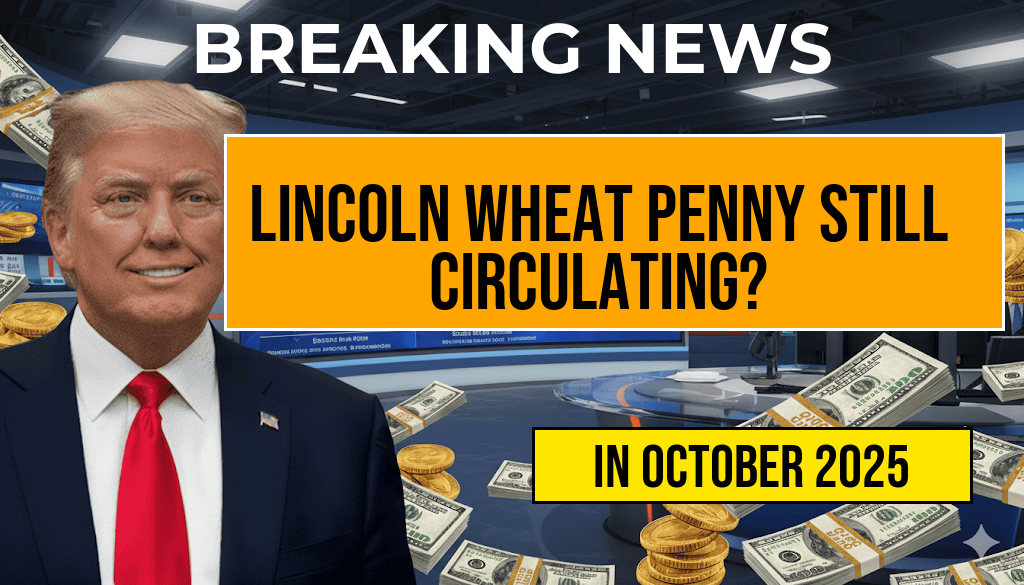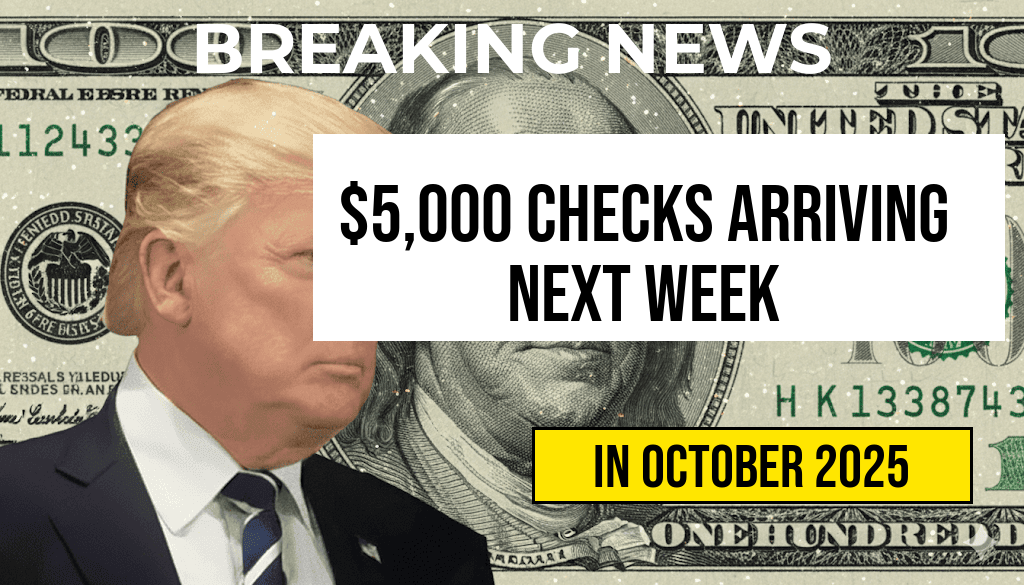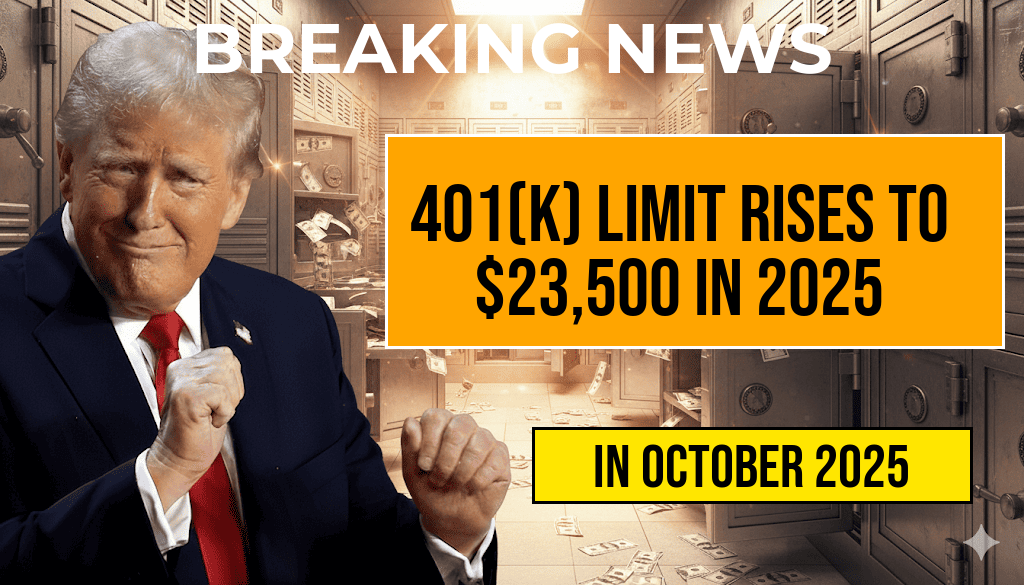The Lincoln Wheat Penny, a staple of American coinage for much of the 20th century, occasionally makes headlines when rare specimens surface. Among these, certain wheat pennies hold a remarkable collector’s value, with some valued at upwards of $144,000. Despite their skyrocketing worth among numismatic circles, reports suggest that these high-value pennies continue to circulate in everyday transactions, raising questions about the reality of their rarity and whether they are still in active circulation. This piece explores the history of the Lincoln Wheat Penny, the factors behind its valuation, and the likelihood of encountering a penny worth hundreds of thousands of dollars on the streets today.
The Origins and Legacy of the Lincoln Wheat Penny
First issued in 1909 to commemorate Abraham Lincoln’s 100th birthday, the Lincoln Wheat Penny was the first U.S. coin to feature a portrait of Lincoln. Designed by Victor David Brenner, the coin quickly became a familiar sight in American pockets and cash registers. Its distinctive wheat ears on the reverse side, which gave the coin its nickname, remained until 1958 when it was replaced by the Lincoln Memorial design. During its nearly 50-year run, the wheat penny was produced in immense quantities, making it one of the most common coins in American circulation.
What Makes Certain Wheat Pennies Extremely Valuable?
While most wheat pennies are readily available and hold minimal monetary value beyond their face amount, a handful of specimens command extraordinary prices. The key factors influencing their worth include:
- Rarity: Limited mintages or unique errors significantly increase a coin’s value. For example, the 1909-S VDB, produced in small quantities, is a highly sought-after collector’s item.
- Condition: Coins graded as MS (Mint State) or Proof with minimal wear and strong details fetch higher prices.
- Errors and Variations: Coins with minting errors, such as double dies, off-center strikes, or planchet flaws, are highly prized.
- Historical Significance: Coins from specific years or mints, especially those with known low production numbers, are more valuable.
Particularly rare specimens, like the 1909-S VDB or the 1914-D, can fetch hundreds of thousands of dollars at auction. Some error coins, such as double die varieties, have also reached into the six-figure range, fueling speculation among collectors about the potential presence of such coins in circulation.
Are These High-Value Wheat Pennies Still Circulating?
Despite their high collector value, reports of highly valuable wheat pennies circulating among everyday transactions are exceedingly rare. Most such coins are found in private collections, hoards, or specialized coin dealers. The common wheat pennies in circulation tend to be worn, heavily circulated, and lack the key features that make certain specimens valuable. Nonetheless, there have been occasional claims of individuals finding rare varieties in pocket change or inherited collections.
Reasons Why High-Value Wheat Pennies Are Unlikely to Be in Circulation
- Market Clearance: Collectors and investors tend to keep rare coins preserved and away from circulation to maintain their condition and value.
- Low Probability of Surviving Wear: Coins with the pristine condition required for high valuation rarely withstand extensive circulation.
- Economic Factors: Most individuals do not realize the rarity or value of certain wheat pennies, leading to them being exchanged or discarded unknowingly.
Nevertheless, occasional stories and news reports highlight individuals who stumble upon valuable coins in their change or inherited collections, fueling ongoing curiosity about the potential presence of these rare coins in everyday transactions. Experts emphasize that while it’s not impossible, the chances of stumbling upon a $144,000 wheat penny in casual circulation remain extremely slim.
How to Identify and Verify Valuable Wheat Pennies
For collectors or casual enthusiasts interested in verifying the authenticity and value of a wheat penny, several steps are recommended:
- Examine the coin’s date, mint mark, and overall condition carefully.
- Compare with reputable images and descriptions from authoritative sources like the Wikipedia page on Lincoln Wheat Cent.
- Consider professional grading services such as PCGS or NGC for an official assessment.
- Research specific varieties or error coins known to command high premiums.
Online marketplaces, coin shows, and local coin shops provide avenues for both identification and sale of valuable wheat pennies. However, buyers and sellers should exercise caution and verify authenticity to avoid counterfeit or misrepresented items.
Understanding the Market and Expectations
The market value of rare wheat pennies fluctuates with collector interest, market trends, and the discovery of new specimens. While some coins have appreciated dramatically over time, the average wheat penny remains a low-value item. The story of a valuation at $144,000 often pertains to specific error coins or rare mintages, not to the typical penny in circulation. Therefore, most Americans are unlikely to encounter such a coin by chance, but the possibility keeps numismatics a fascinating hobby for many.
Additional Resources
For further information on coin collecting and rare penny identification, consult resources such as Wikipedia’s Numismatics page or visit reputable coin dealer websites like Professional Coin Grading Service (PCGS).
Frequently Asked Questions
What is the current value of the Lincoln Wheat Penny?
The Lincoln Wheat Penny is valued at approximately $144,000 for certain rare and well-preserved specimens, making it a highly sought-after collector’s item.
Is the Lincoln Wheat Penny still in circulation today?
No, the Lincoln Wheat Penny is no longer in circulation. It was primarily minted between 1909 and 1958 and has since been replaced by newer designs.
Why does the Lincoln Wheat Penny have such a high value?
The high value of some Lincoln Wheat Pennies is due to their rarity, condition, and historical significance, especially for coins with unique mint marks or errors.
How can I determine if my Lincoln Wheat Penny is valuable?
You can determine if your Lincoln Wheat Penny is valuable by examining its year, mint mark, condition, and any errors. Consulting a coin expert or reference guides can help assess its worth.
What should I do if I find a rare Lincoln Wheat Penny?
If you find a rare Lincoln Wheat Penny, consider having it appraised by a professional coin dealer or grading service to verify its value and explore options for selling or preserving it.








